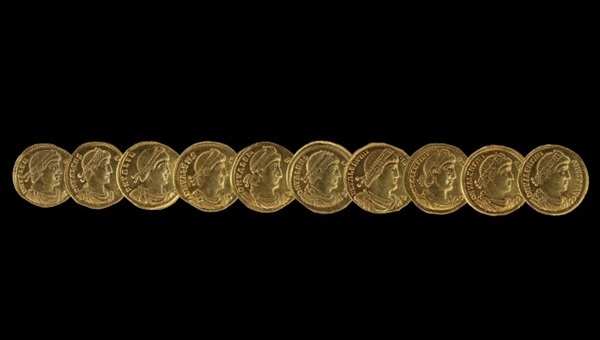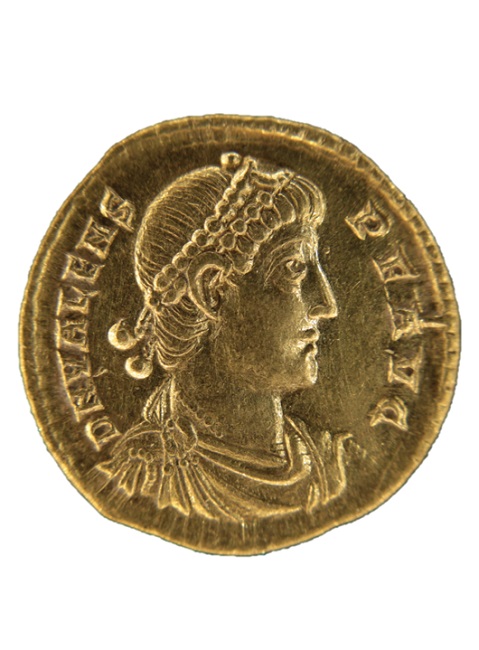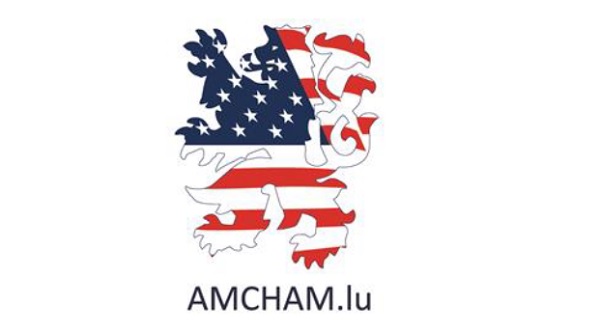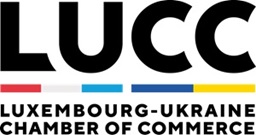 Roman gold coins;
Credit: © C. Nosbusch / INRA
Roman gold coins;
Credit: © C. Nosbusch / INRA
Chronicle.lu has teamed up with Luxembourg's National Institute for Archaeological Research (Institut national de recherches archéologiques - INRA) for a series of articles on archaeological digs and discoveries around the Grand Duchy.
The series explores digs spanning from prehistoric to Roman and medieval times, highlighting key finds and what they reveal about Luxembourg’s past. It also sheds light on the work of the INRA and its approach to archaeological and historical research.
The latest article in this series looks at the recent discovery of Roman gold coins in Holzthum, located in the municipality of Parc Hosingen in northern Luxembourg.
In December 2024, the INRA and Luxembourg's Ministry of Culture announced the discovery of a hoard of Roman gold coins, following several years of almost undercover excavations at a site in the northern Oesling (Éislek) region.
The story began back in 2019, when two metal detectorists first conducted a survey on the "Rank" near Holzthum, on behalf of and following advice from the INRA (then the CNRA). The terrain on which they were walking, with the owner's permission, had long been eyed by both metal detectorists and INRA experts due to its conspicuous circular elevation. As it was not threatened by external factors such as soil erosion or construction projects, the area had never been properly investigated.
During their inspection, the two detectorists, Jos Müller and Cliff Nosbusch, found, by chance, a Roman gold coin - a solidus - measuring approximately 2.5 cm and weighing 4.2 to 4.4 g, in addition to some Roman pottery fragments. Aware of its significance, the two decided without further ado to search the ploughed field and found and inventoried another 37 gold coins. They reported the discovery to the INRA, which carried out three further surveys with the finders, and with the consent of the landowner, to prevent other potential coins lying close to the surface from being removed. This was followed by a geomagnetic survey of the area and an archaeological excavation, which was carried out as inconspicuously as possible and, given the extraordinary nature of the find, lasted several years (until 2024).
It was only after the excavation that it became clear that the hoard originally contained around 141 solidi. The coins had been deposited together in the ground, presumably in an organic receptacle (perhaps a purse), and had been struck by a plough and scattered across the field shortly before their discovery. The 141 solidi were minted by nine different Roman rulers - Valentinian I (364-375), Valens (364-378), Gratian (375-383), Valentinian II (375-392), Theodosius I (379-395), Arcadius (395-408) and Honorius (395-423), Magnus Maximus (383-388) and Eugenius (392-394) - between 364 and 408 AD. The coins come from eight different mints in the Roman Empire. In addition to nearby Trier, the coins also originate from Rome, Milan, Arles, Mitrovica, Antakya, Constantinople and Smyrna, and despite the great distances, they show hardly any signs of wear. It can therefore be assumed that they were not in circulation but quickly found their way into the "money box".
Why was there a coin hoard in Holzthum? The coins could only have been buried during the reign of Honorius (395-423 AD). They are probably the savings of a traveller who, sensing imminent local danger, buried them in this prominent location. The results of the excavation are important here. The striking circular circle in the terrain, which gave the field its name "Rank" (ring or circle in Luxembourgish), are the remains of a Roman "burgus" (small tower-like fort). The burgus in Holzthum consisted of a massive stone building surrounded by several ditches and a palisade. The complex served to monitor a section of a road and offered the six- to eight-strong crew temporary protection from attackers in an emergency. When the coins were buried, it was possibly already a ruin, but it remained a prominent landmark that served as a point of orientation in the landscape. As there were no recorded disturbances in the region at that time, it remains unclear why the owner did not return to retrieve his fortune, instead leaving it in the ground for 1,600 years.
The evaluation of the Roman burgus and the interpretation of the coin hoard by a UK-based numismatist are not yet complete. Many questions remain unanswered, but the INRA hopes to be able to announce the first scientific results in 2026.

(© C. Nosbusch / INRA)








